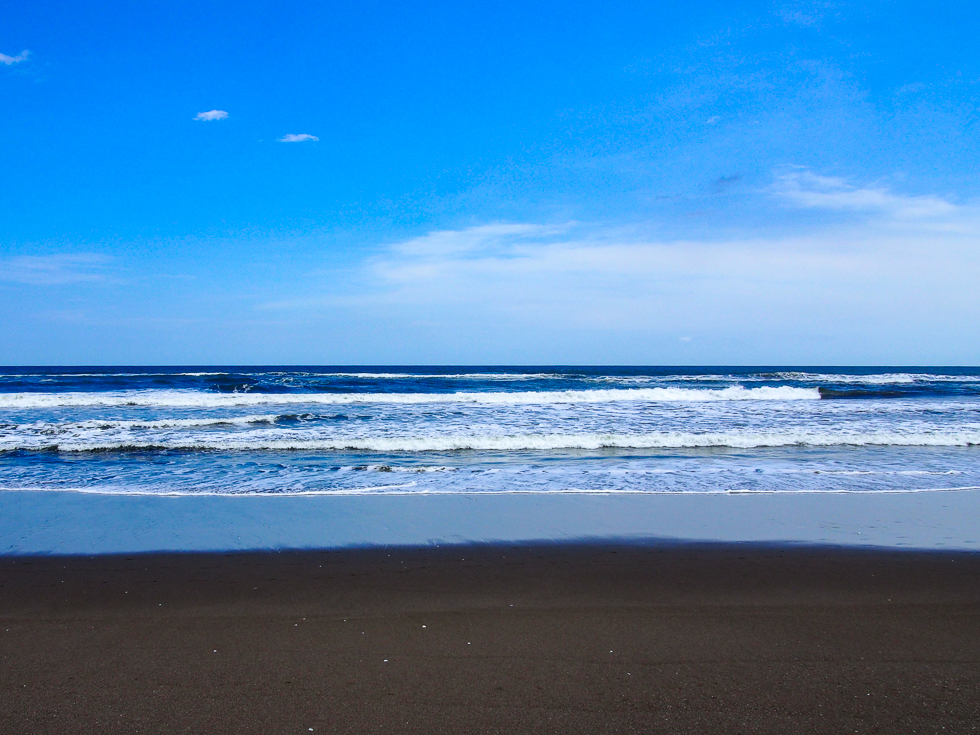
As travelers, we are consumers: of cultures, experiences, and obviously, resources, such as food and water. But what happens when we travel someplace new, and we consume resources at the same rate we are used to at home? In various parts of the world, the typical tourist is accustomed to a level of consumption that is simply not sustainable for the host community. And when too many tourists over-consume resources in sensitive environments, the impacts of tourism can be significant. So today we’re going to talk about how to be mindful consumers during travel, specifically with respect to water, one of the earth’s most precious resources. Read on for everything you need to know about conserving water while traveling, one part of the multi-faceted puzzle that is sustainable travel.
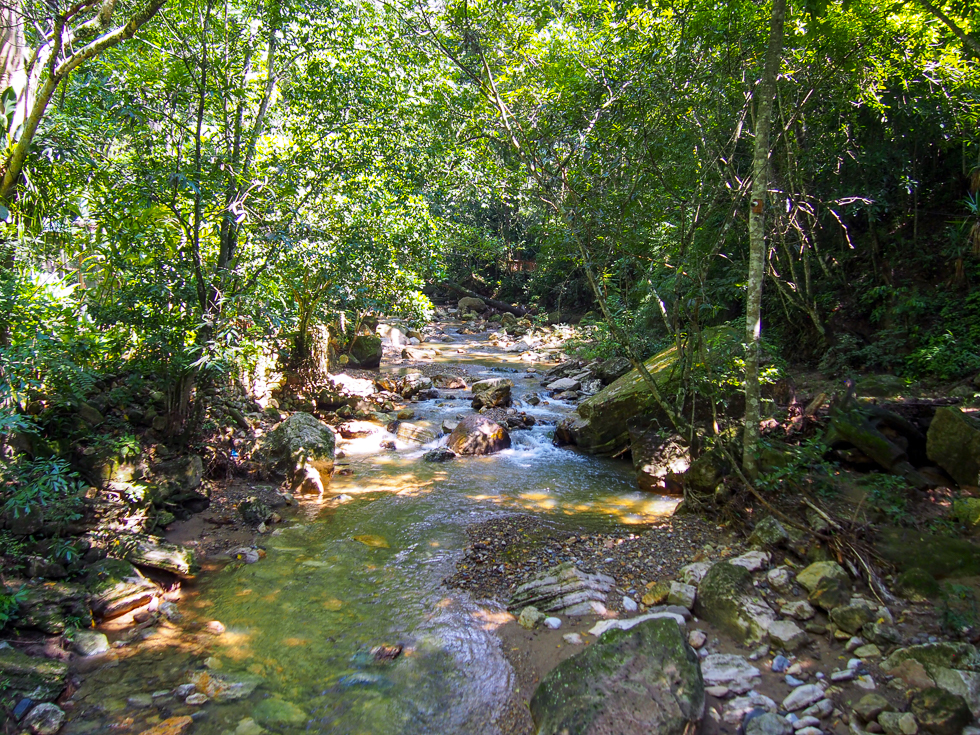
Note: this post may contain affiliate links. If you make a purchase through one of these links, I will earn a commission at no extra cost to you.
Investigate local water politics before arrival
It’s always important that we travelers educate ourselves about a destination before arrival – after all, education is one of the simplest and most important parts of being a responsible traveler. While studying up on the language, history, cultural norms, and politics of the places we will visit, why not look into local water conditions as well? Water scarcity is real in many parts of the world, and water rights are a common humanitarian and social justice issue. Knowing the water conditions of the places we plan to visit can give us a better idea of what our resource consumption should look like when we’re there, so as to not over-deplete any scarce resources. Furthermore, it can give us a better idea of any human rights issues on the ground. This knowledge can help us decide if we should even go to that destination in the first place, or if we should wait to go until conditions are more stable.
The easiest way to learn about the current state of water in our travel destinations is by looking it up – google it, check on twitter, read the news, etc. You can also check out the Water Risk Atlas developed by the World Resources Institute, which allows you to browse the globe by water scarcity levels.
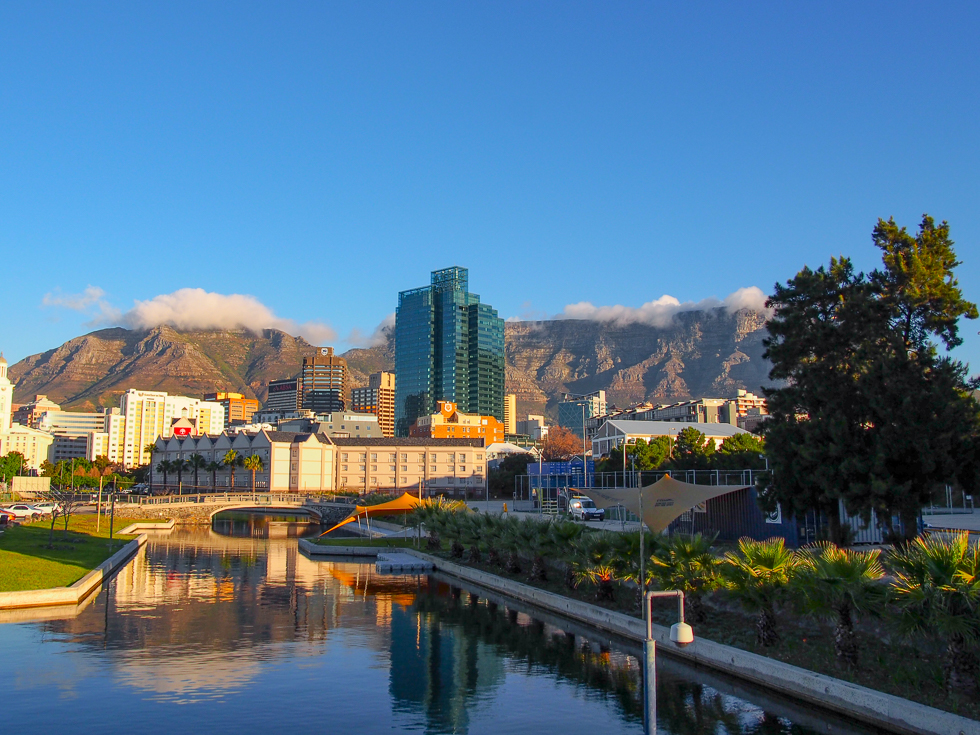
Travel with a reusable water bottle (and filter!)
Did you know that it takes more than one bottle’s worth of water just to make a plastic water bottle? Bottled water may be convenient, but it has a significant water footprint. Plus, plastic bottles leach chemicals into the environment, bottled water itself has been found to be riddled with microplastics, and water companies often deplete water resources from local communities (and oftentimes leave these communities without access to their own water sources), making bottled water not just an environmental issue, but a human rights issue as well.
Water-conscious travelers can help conserve this resource by traveling with a reusable water bottle, and filling it up from the tap. Traveling in a water-unsafe area? No worries. Just bring a Steripen with you, which is a small, handheld device that purifies water via a UV light, allowing you to safely drink tap water. I’ve used my Steripen during my travels in Central America and it worked great. Prefer to filter as you drink? Try a water bottle with a built-in filter, such as a Lifestraw water bottle.
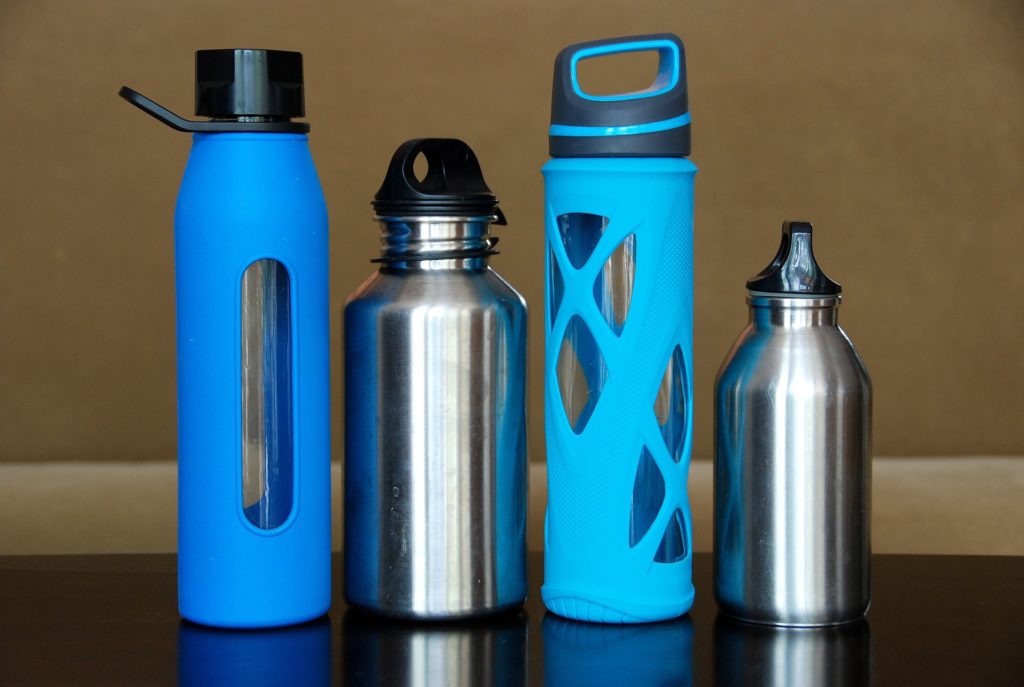
Be mindful of the tap
An easy way to conserve water while traveling (and anywhere, really) is to avoid letting the tap run unnecessarily, such as when you’re brushing your teeth, washing your hands, or doing the dishes. Don’t let the water run if you’ve still got a minute of tooth brushing left; this is just water down the drain. And in a similar vein, travelers can make an effort to avoid long showers.
Now let’s talk toilets for a moment. Most newer toilets use about a gallon and a half of water per flush, but some older toilets use five to seven gallons per flush. Travelers can save some water each day by flushing the toilet less often. Ever heard the phrase “if it’s yellow, let it mellow”? Basically, it’s not necessary to flush every time you pee. However (as the rhyme goes), if it’s brown, flush it down. While this may not be feasible or realistic for travelers staying in hostels with communal bathrooms, if you have a private bathroom in your hotel, hostel, or other accommodation, decreasing your flush count is a simple way to save some water each day.
Finally, if you see a leak in the sink or shower of your accommodation, or if you hear a toilet continuously running, let whoever is in charge know! Leaks and running toilets add up over time. They’re also annoying to listen to, so it’s a win-win to have them addressed as soon as possible.
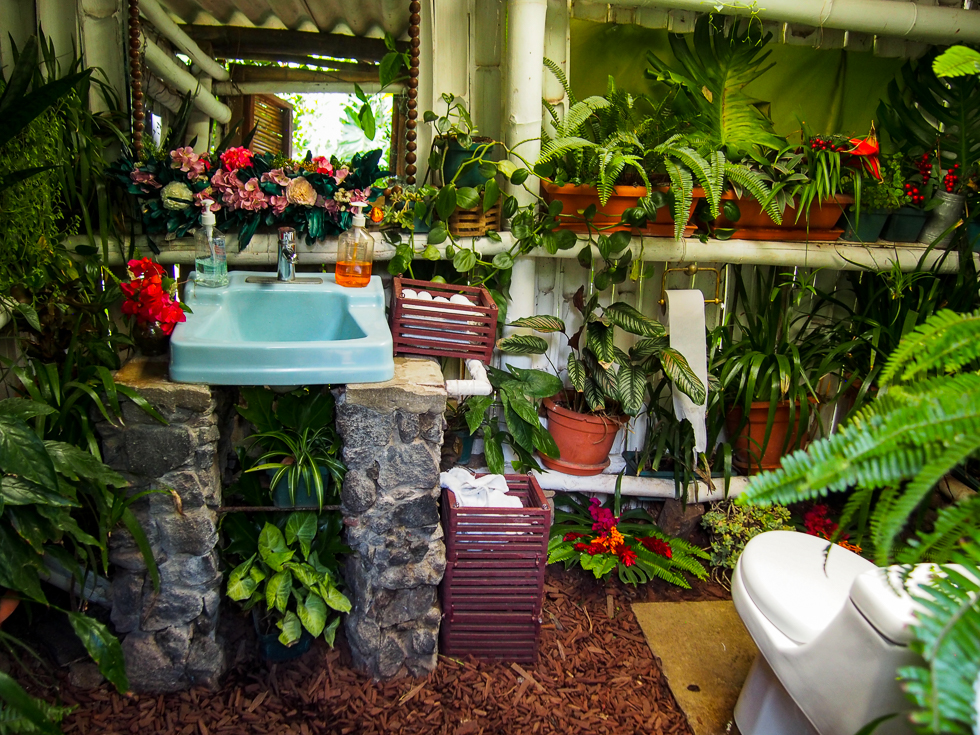
Eat vegetarian or vegan while traveling
One significant way to reduce your water footprint while traveling (and generally) is to reduce your meat consumption. A typical meat eater’s diet uses double the amount of water than that of a vegetarian, and even more so compared to a vegan diet. Beef needs a particularly large amount of water: a typical hamburger requires about 2,000 liters of water to produce. The majority of this water goes into feed production for the animals, so you can imagine how growing crops directly for human consumption instead is much more efficient.
Are you a total carnivore but looking to lessen your environmental impact through your food choices? Why not start by scaling back your meat consumption, and opting for more meat-free meals per day, or a meat-free day (or more) per week? Furthermore, when you do consume meat, it’s good practice to be mindful of where your meat comes from, opting for pasture-raised animals if possible. If possible, try purchasing meat from local butchers who can tell you about where the meat came from and how the animal was raised.
Feeling overwhelmed about how to stick to a vegetarian or vegan diet while traveling? Check out Miss Filatelista’s amazing resource for vegan and vegetarian guides by country, for all your plant-based dietary needs.
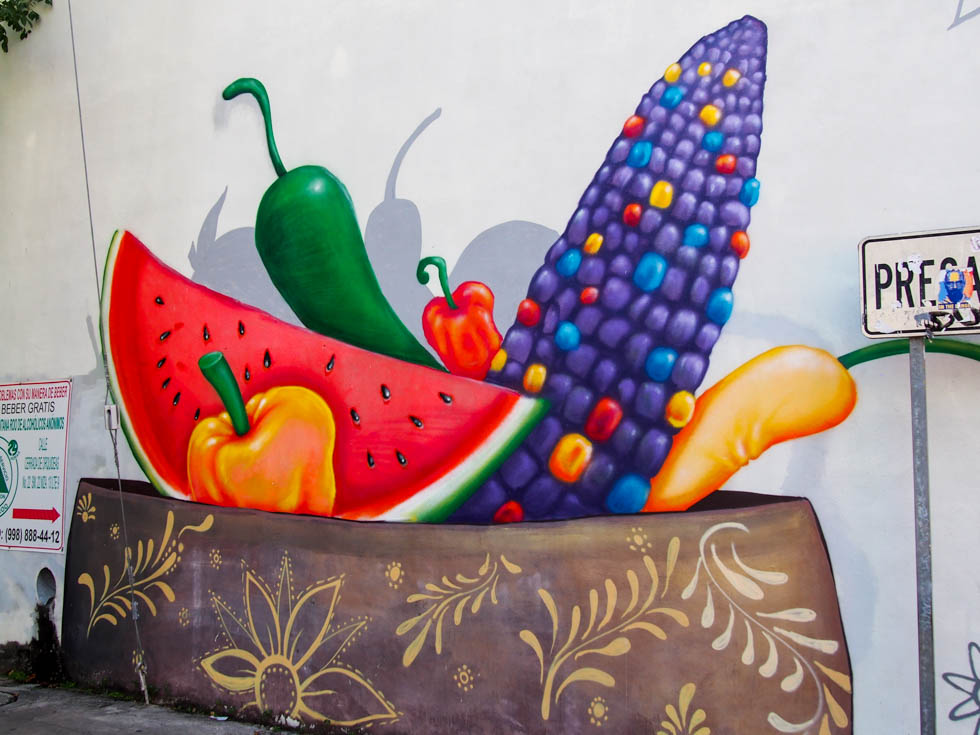
Patronize accommodations that emphasize responsible water use
Another way to support water conservation during travel is to book accommodations that emphasize responsible water practices. (And of course, that also look at the many other intersecting environmental, social, economic, and other factors that are necessary for sustainable travel.) There are many ways that hotels, hostels, and other accommodations can conserve water, such as through rain harvesting, low-flow shower heads, gray water filtration, and more.
There are a number of services that travelers can use to look for eco-friendly accommodations. Check out Wayaj, an app that rates each listed accommodation with an “eco-score” that includes water usage, energy, waste and recycling, community, and other factors. Book Different also has a sustainability rating system that includes environmental and social factors. You can also book accommodations through Ecobnb, but its sustainability rating focuses on environmental factors, and doesn’t heavily emphasize social or community factors.
While looking for eco-friendly accommodations, travelers should also strive to book someplace that is locally-owned, or if not locally-owned, at least an accommodation that employ locals, as this is an important way of directly contributing to the local economy.
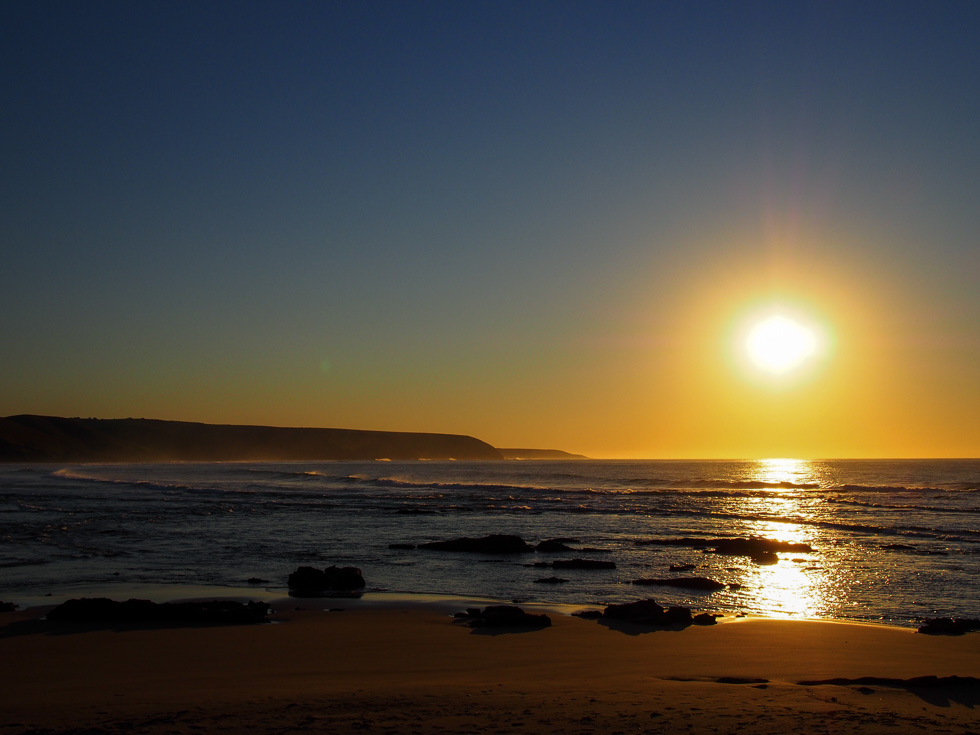
Support eco-tourism initiatives with a water conservation focus
Another great way to contribute to water (and other) conservation efforts while traveling is to support the initiatives and organizations that are working on the ground on these issues. There are lots of great ecotourism activities that touch on the many dimensions of sustainability, and if you’re looking for water conservation-specific activities, my recommendation would be to seek out water activities through an ecotourism lens. For instance, there are a ton of options for canoeing and kayaking in the waterways around New York City. But did you know that if you opt for canoeing in the Gowanus Canal in Brooklyn, your proceeds go towards environmental testing, conservation, and awareness of water issues in the canal? Tourism can be a great way to direct funding towards environmentally friendly projects, including those related to water.
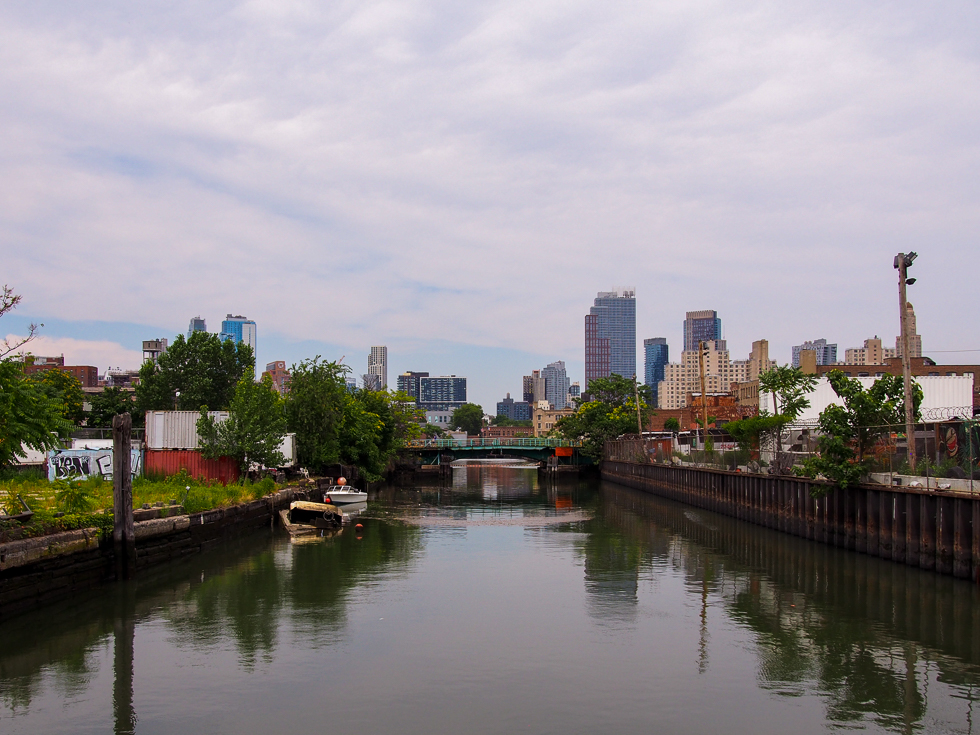
Be mindful of greenwashing
Now with all of this in mind, let’s talk about greenwashing. Greenwashing is essentially the false marketing of a product or service as being eco-friendly or sustainable, which can falsely lead consumers to believe that something is more environmentally friendly than it actually is. And now with all sorts of sustainability talk in the news and throughout social media, it can be hard to pull apart what is actually sustainable and what’s not.
Greenwashing in the context of water conservation would basically mean that a product or service advertises itself as “water saving” or otherwise, but in a holistic sense is not actually sustainable. For example, a place that advertises itself as an eco-hotel, but required the clearing of forests or the filling of wetlands to be built in the first place. Or hotels that encourage guests to deny housekeeping services in the name of saving water, when denying housekeeping is really just a way for hotels to cut costs (such as those related to water bills and housekeeping salaries), leading to financial instability of housekeeping staff (which is none too sustainable). Basically, as we strive to address sustainability in our travels, we should also stay alert for greenwashing. A truly “sustainable” venture will integrate many different elements: those related to the environment, but also social, economic, and other factors. If something is advertised as “green” but it seems like there are missing pieces, it’s because there probably are.
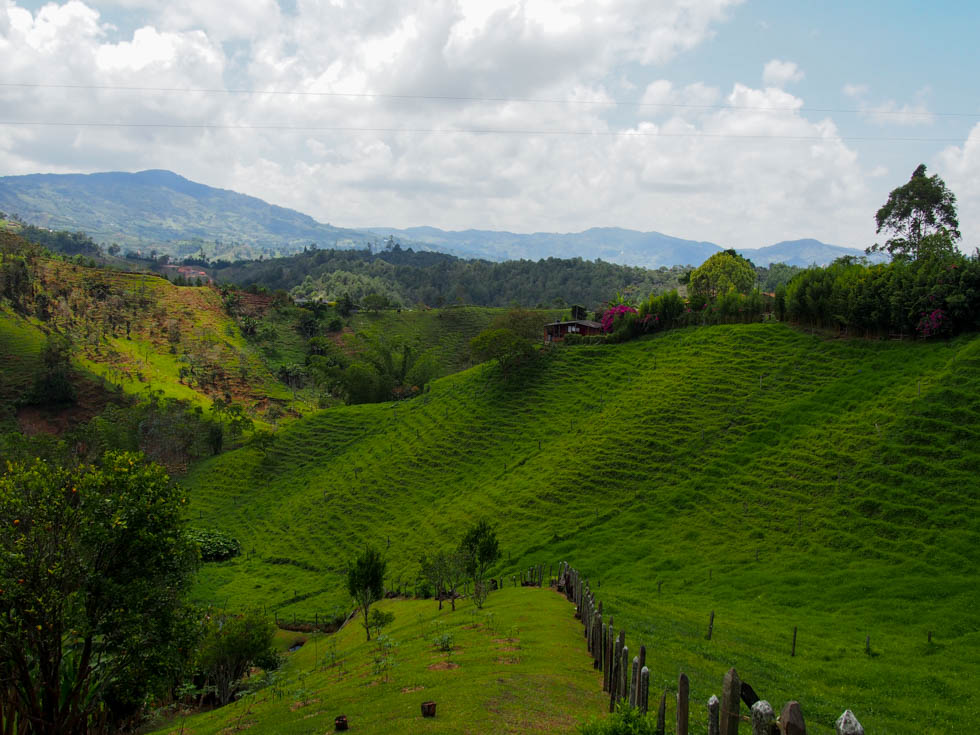
Donate to local organizations fighting for water rights
Oftentimes the best way to help support a local issue is by financially contributing to an organization working on that cause. Want to support local water rights and access to clean water? Find local organizations (preferably community-led) and give directly. This is also a way to support the places that we visit after the trip has ended. You can ask around during your travels – maybe some local folks can point you in the direction of organizations in need of support. Also, google and twitter are other resources to find local organizations working on the ground on issues of water and more.
In conclusion
This post contains some suggestions and ideas for water conservation while traveling, though each of us has a different capacity to adopt these behaviors. (An eco-hotel might be too expensive for some, for example – and that’s okay.) What I believe is most important is simply that we travel with more mindfulness, and consider, even momentarily, what it means for us to be treading where we tread. As travelers, we have the luxury of navigating this beautiful world and taking in its many breathtaking cities and sites – and we also have the luxury of going home at the end of our journey. Local people are already home in the places that we visit, and as such I believe in making an effort as travelers to be good guests in the homes of others. What that effort means is up to each individual traveler. But even starting with conscientiousness is a step in the right direction, I think, to the aspiration of traveling in a way that leaves no trace.
What do you think is the most important thing travelers can to do conserve water? Do you have any other tips to add to this list? Would you travel to an area experiencing water insecurity? What do you find most challenging about sustainable travel? What do you find most rewarding? Let me know in the comments below!
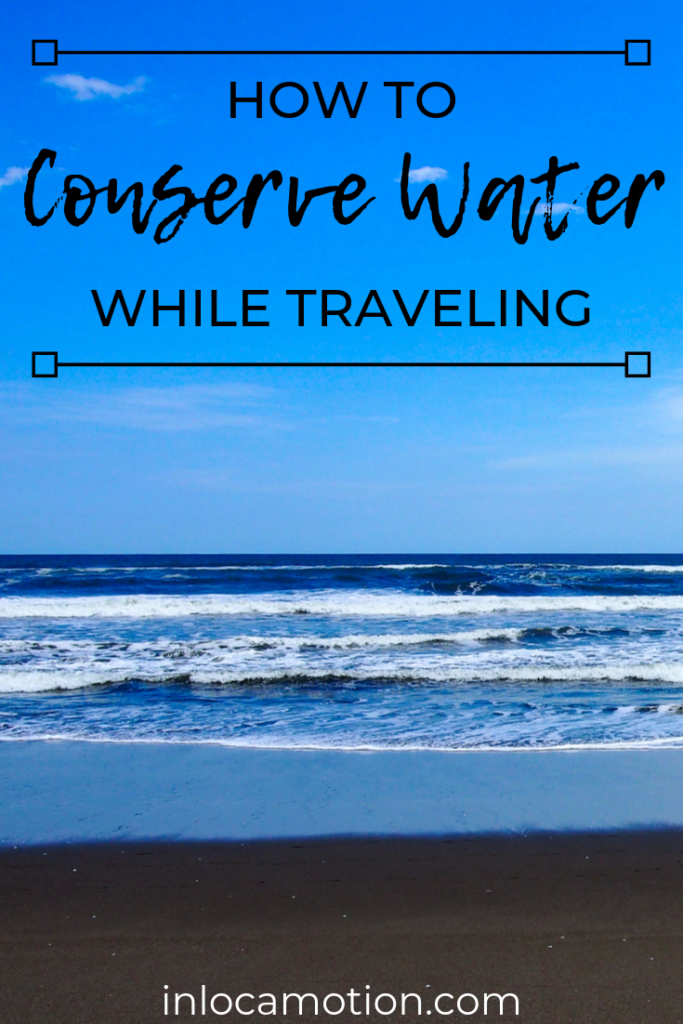









12 comments
Really enjoyed this post! Thanks so much for sharing there are definitely a few tips I think we can take home from this post! Coming from the UK I honestly took water for granted until visiting Far North Queensland in Australia. I couldn’t believe how many restrictions were put in place and how important reducing unnecessary water consumption is for these areas! I was previously so niave but its taught me some real valuable lessons! Such an important topic to talk about!
Alicia, thanks so much for your positive feedback! Yes, it’s certainly a big change to go from a place without major water issues to one with issues of water scarcity. There is a lot to keep in mind! Glad that your trip to Australia opened your mind to these issues. Thanks for reading and commenting 🙂
This is a really insightful post, it’s clear to me you’ve done a lot of thinking and research into it. While I try to do most of what you say, I’ve never used a Steripen before. I try to fill my water bottle with drinking water at my hotels but it’s true that not all places have drinking water that’s available. I’m going to invest in this and the filtered water bottle. I was a little hesitant before about its efficacy but if you’ve used it and say it works then I should give it a try 🙂 Thanks!
Yes, luckily for travelers (at least in Central America) most places have filtered water available, but if not it’s a great backup option to have! It’s worked well for me so far. Thanks for reading and commenting, Natasha!
Thank you so much for talking about this! It is so important to be a sustainablel traveller. All this info is super helpful and I completely agree with everything you said!
Thanks so much, Pauline, for your very kind and supportive comment. I’m glad you found the post useful!
This is a really well thought-out and helpful post. I think travellers are becoming far more aware of the need to travel sustainably and so tips like these are really useful. I’m definitely going to look more into local activities like the canoeing in Brooklyn which support water conservation efforts.
Yeah, it’s a super cool initiative in Gowanus! I hope you enjoy it. And yes, sustainable travel is starting to enter the travel mainstream but there’s still a ton of education that needs to be done, I’m happy to be a part of it and provide any resources that I can 🙂 Glad you liked the post, thank you for reading and for your positive feedback!
I think we do most of these already (I mean, we try to do the same back at home as well…) but it is interesting to hear about Greenwashing. I would not really have thought of that as I normally take things at face value (oops…)
Yes, greenwashing is definitely tricky! Particularly as plenty of people just try to capitalize on the fact that “going green” is trendy now… best of luck, thanks for reading and commenting, Josy!
Great information. Very well written. Spectacular. Thank you and keep up the good work…
Thank you so much, Carolina!!